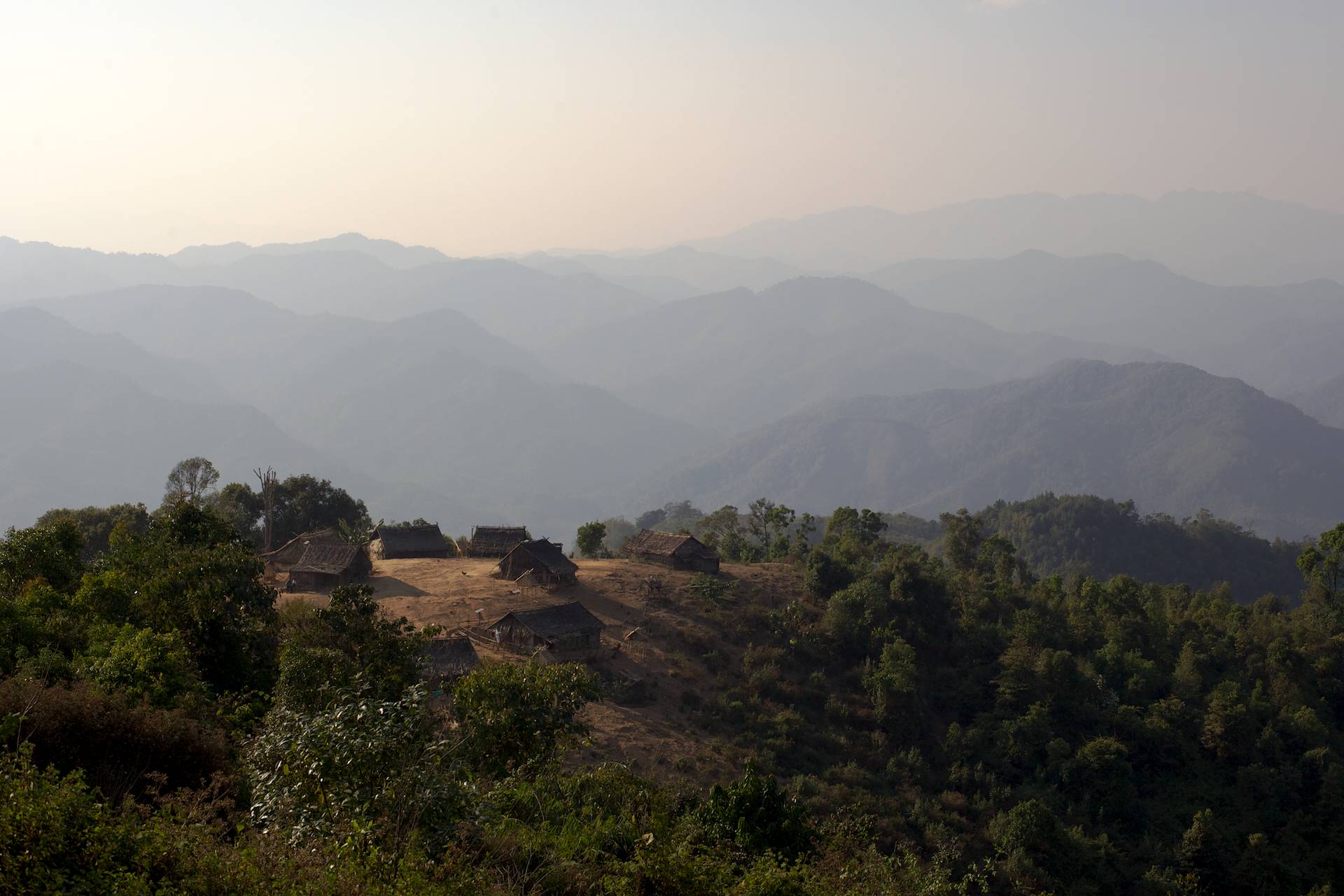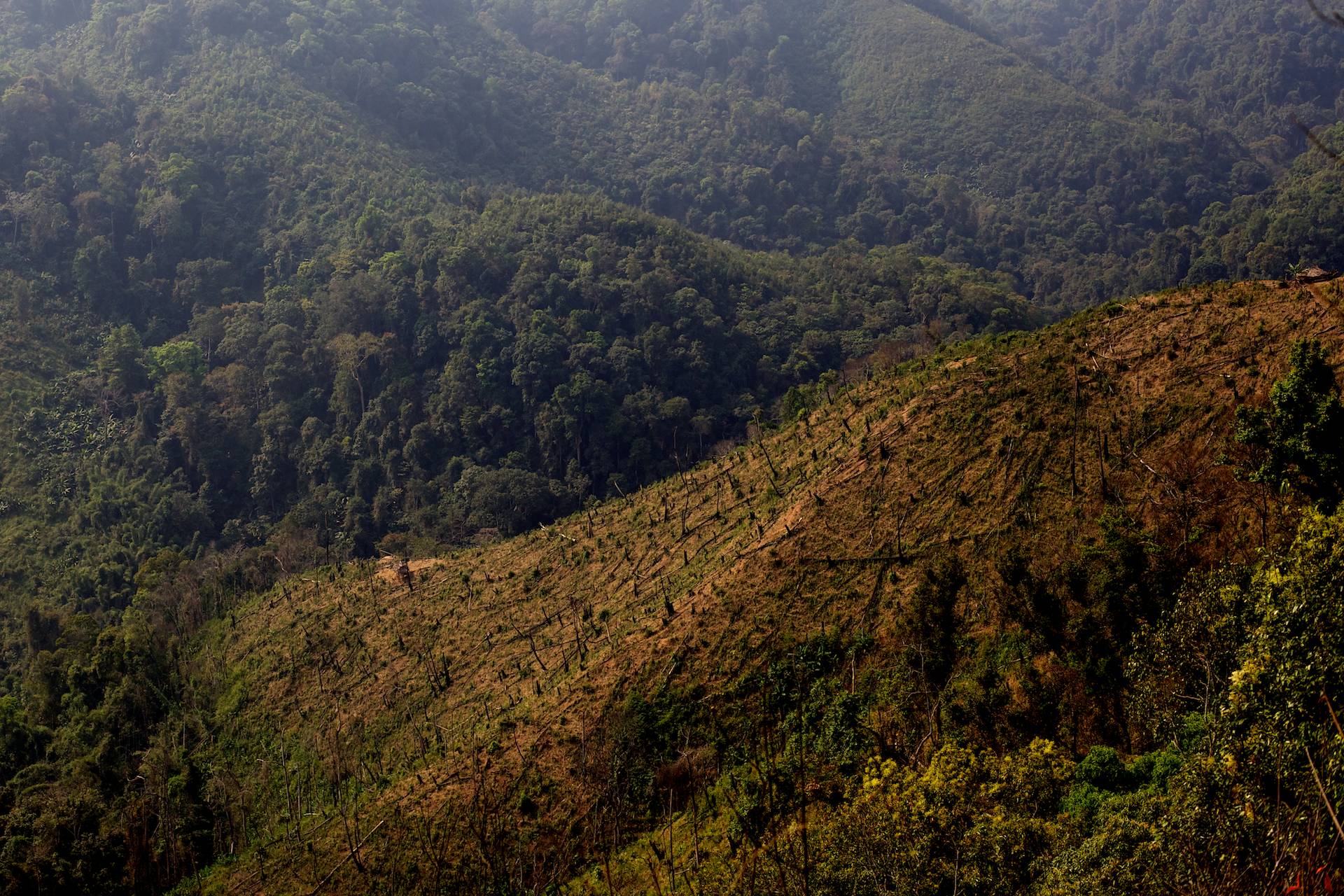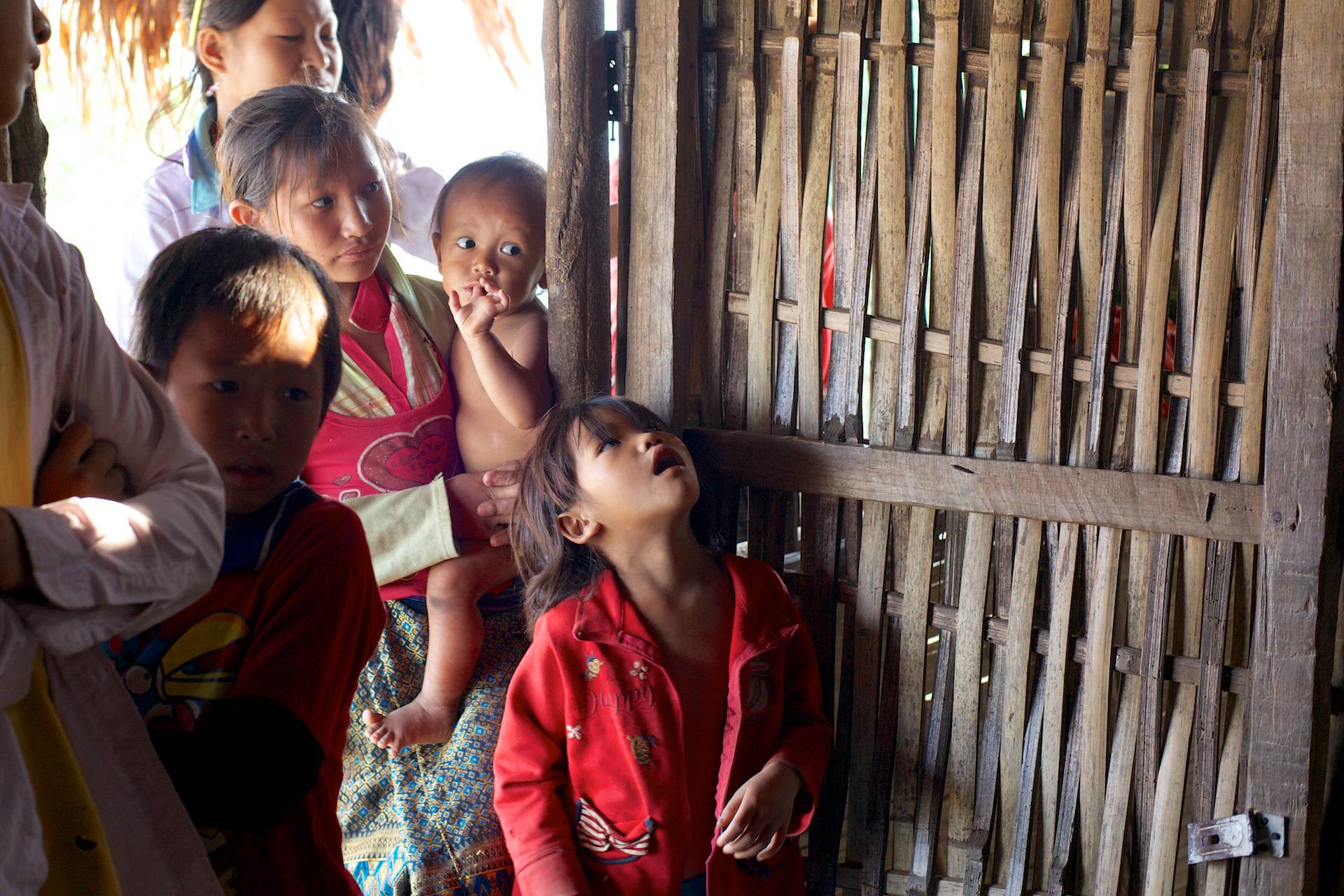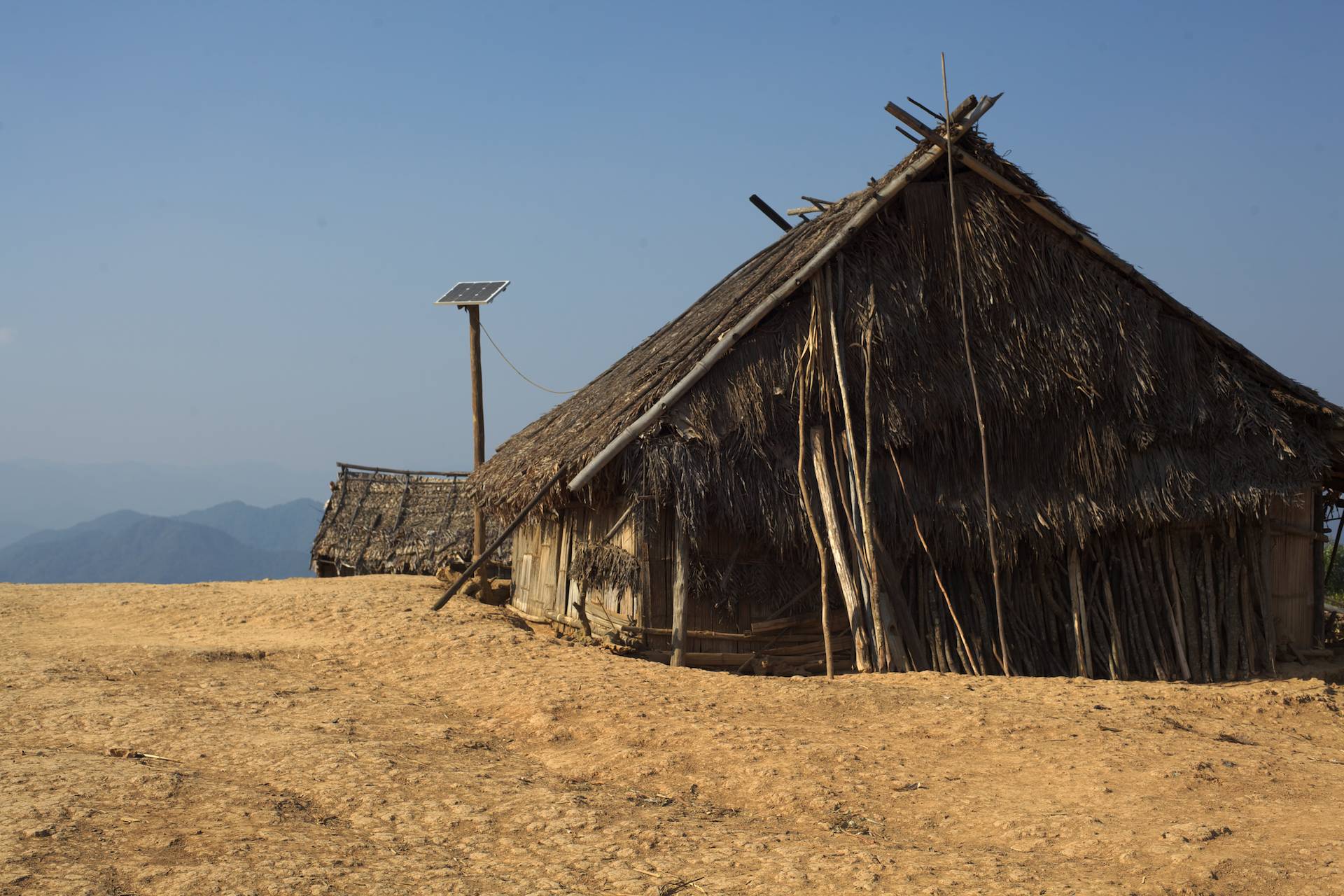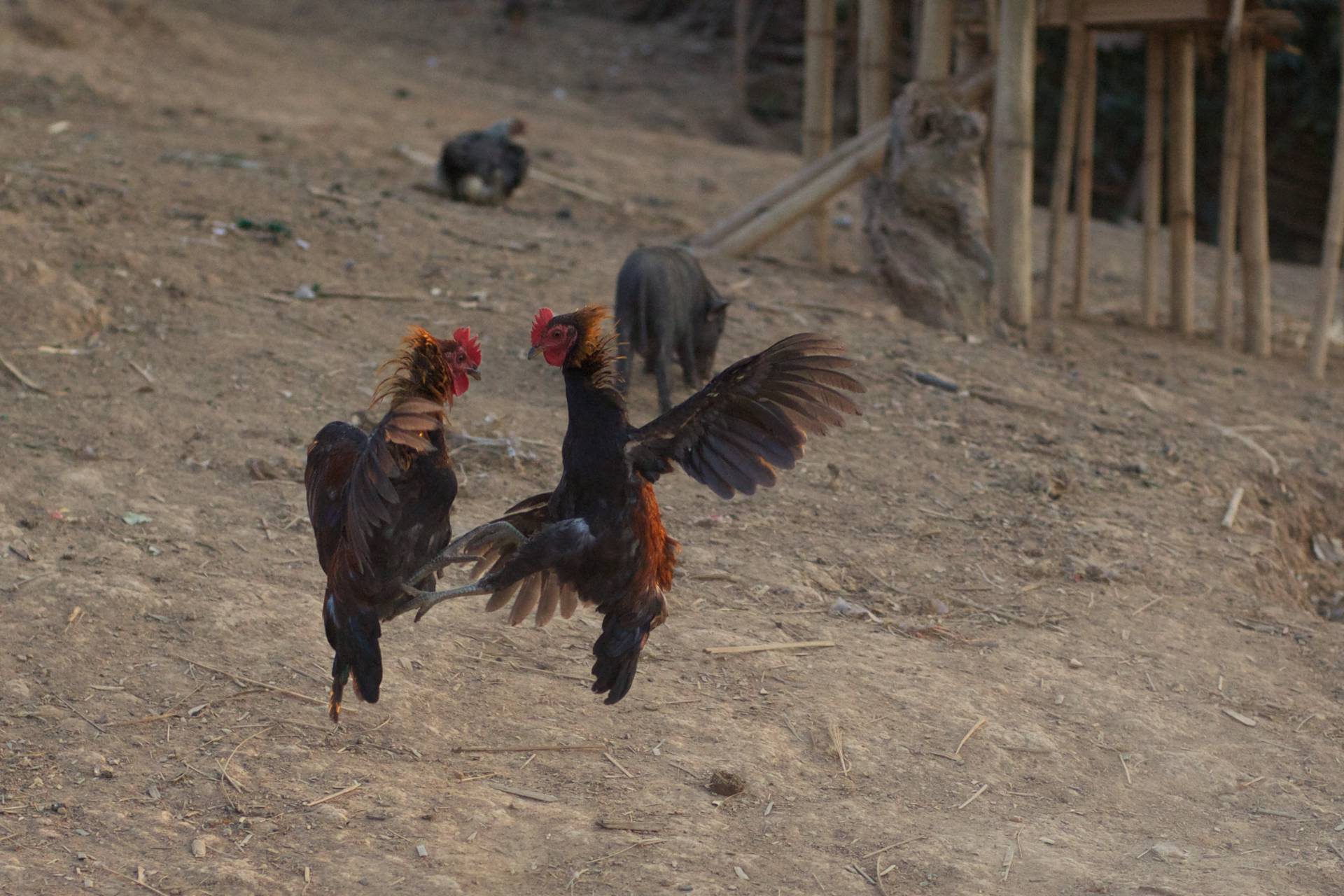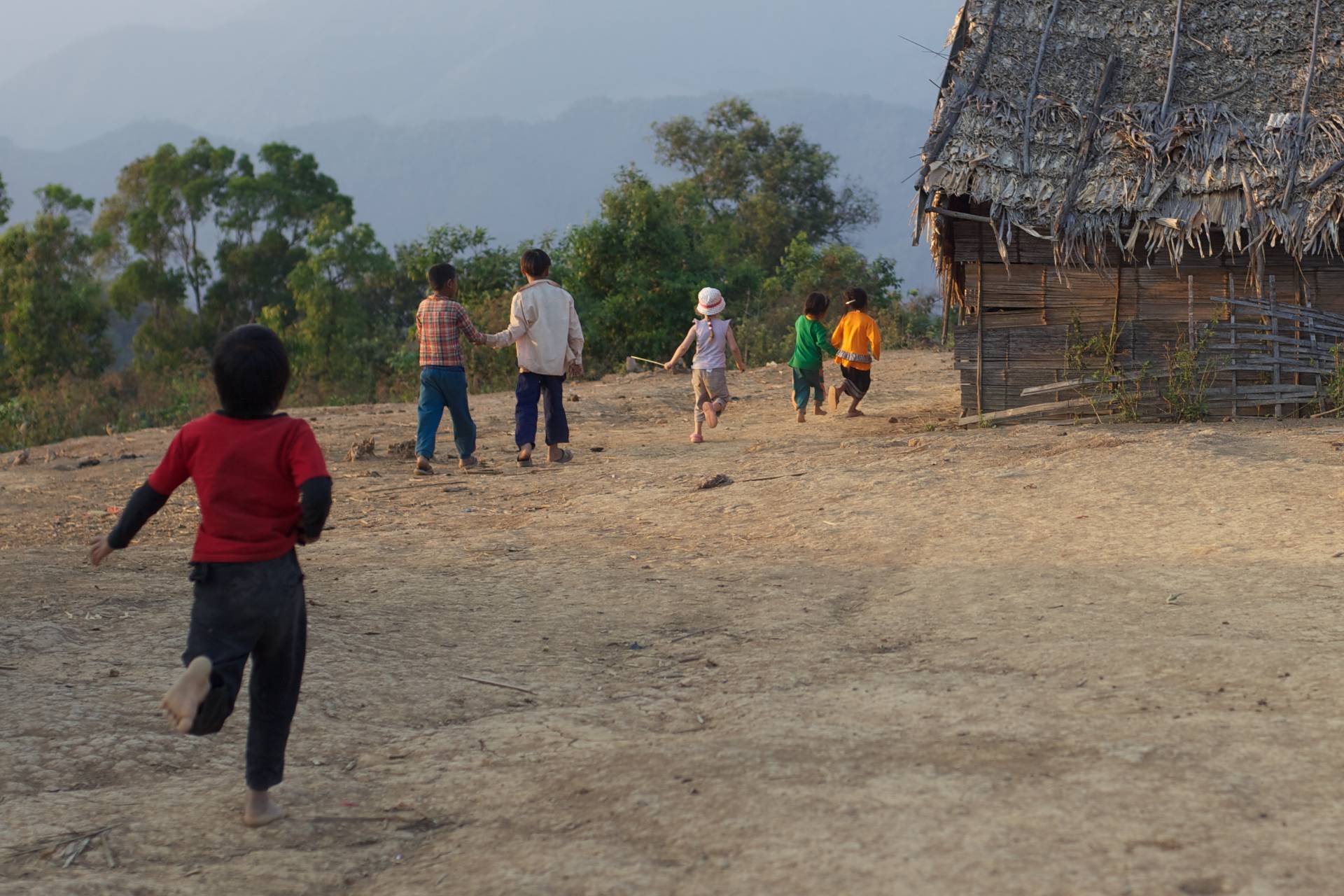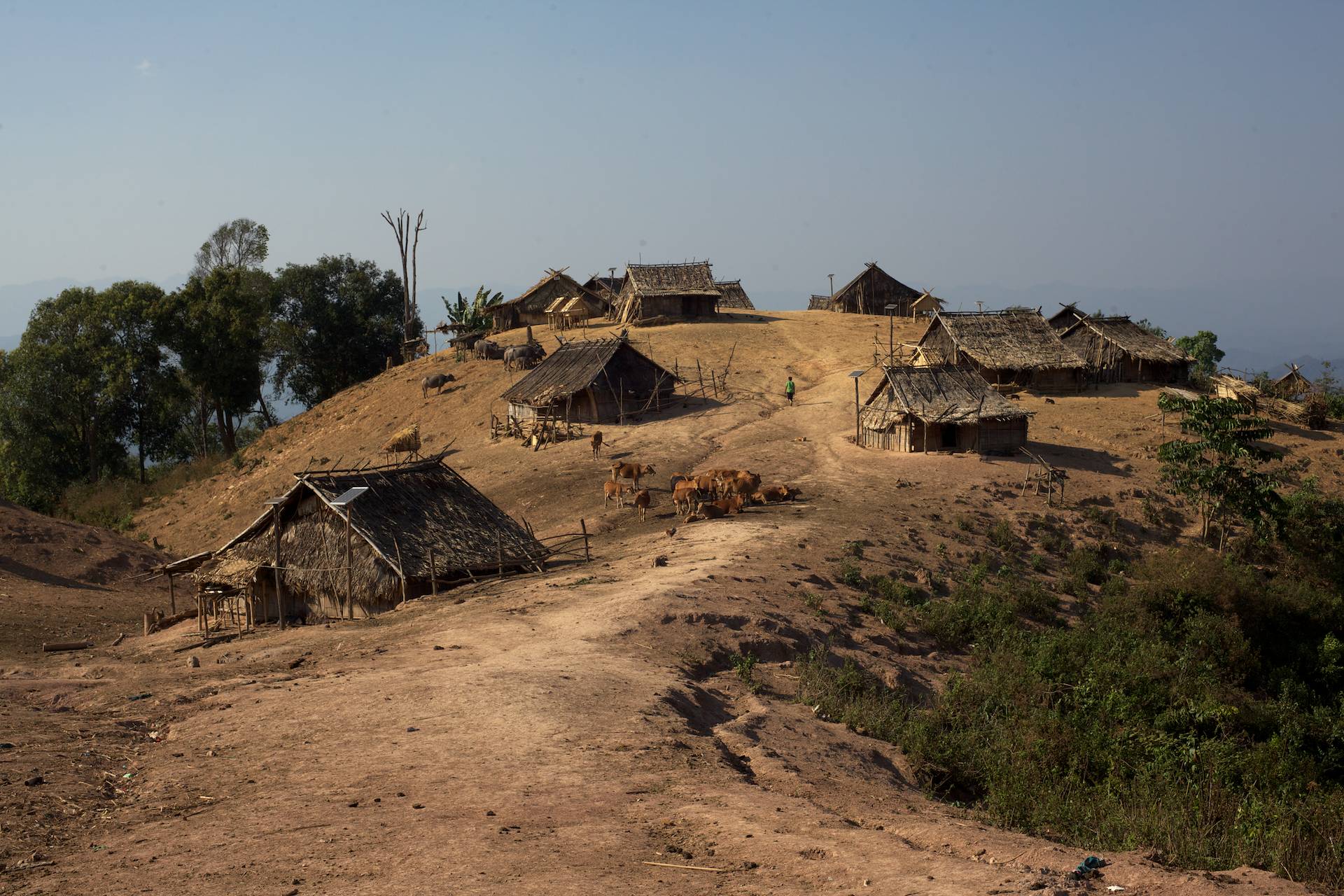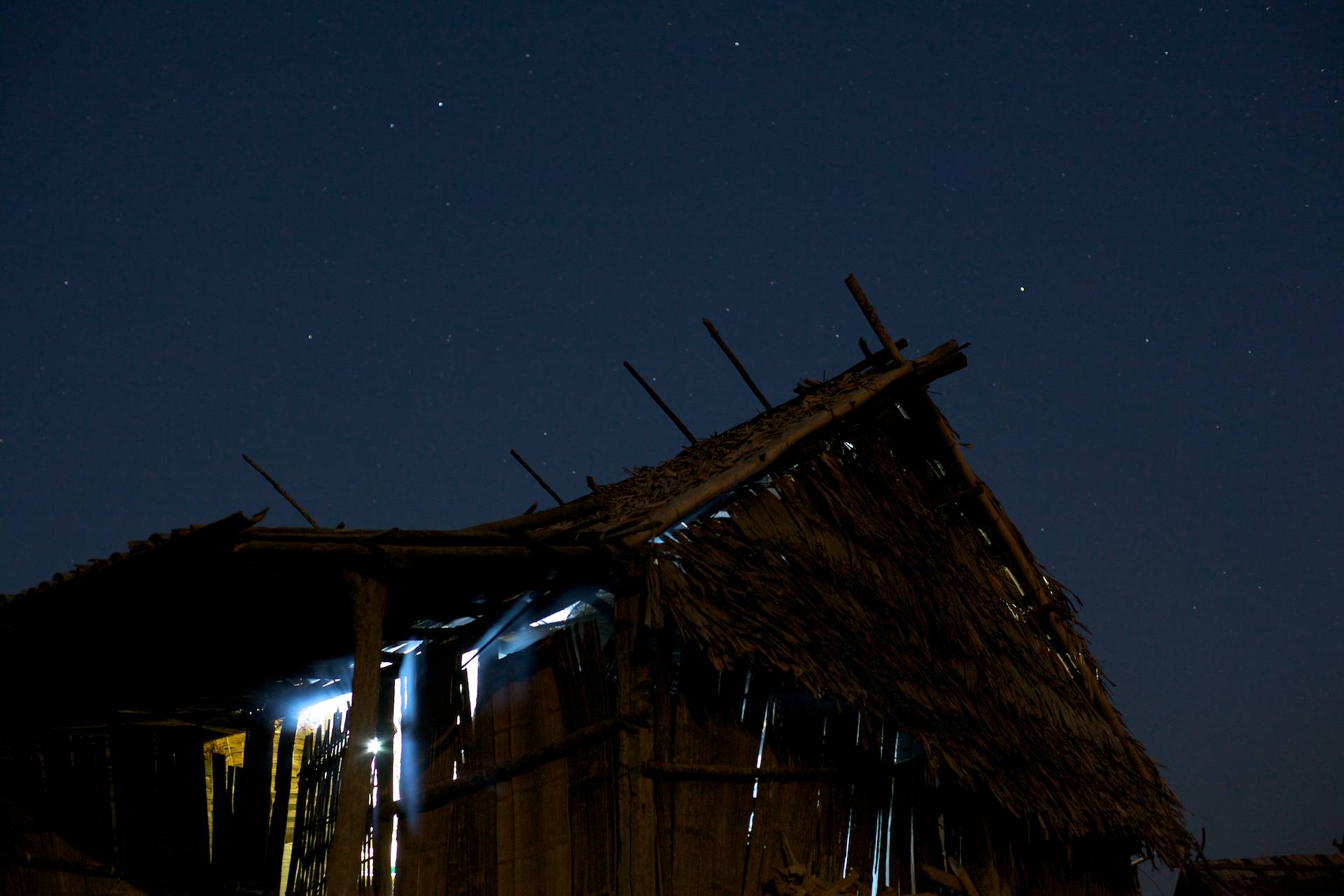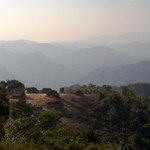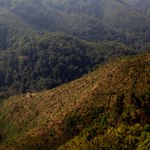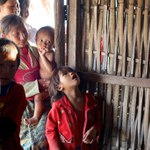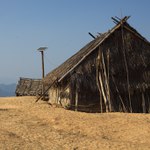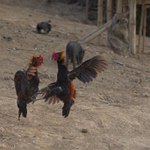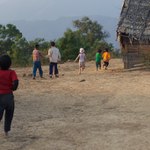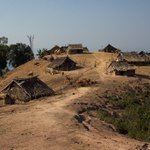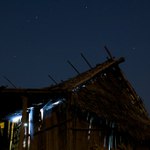The Lahu Experience
Hidden from view, on the very top of a mountain ridge in northern Laos, yet only a few hours away from the brand new road that leads to Golden Boten City and the border with China, lies this little village – Nam Kouy.
Seventeen Lahu families live here. Cattle and pigs lie in the sun, cocks engage in casual fights, children run around and play. Broken bottles and plastic rubbish, otherwise omnipresent in rural Asia, are strikingly absent. Little solar panels provide a few hours of light in the evening.
The village cultivates rice and vegetables on a swidden nearby. A couple of decades ago, slash-and-burn agriculture and the mobile way of life it fosters were prevalent throughout northern Laos. Since then, however, many villages left their dry rice, chilli, and opium behind and became rubber entrepreneurs, government employees, or traders.
The people here, however, stay on. They negotiated an exclusive agreement with a trekking agency in Luang Namtha. Over the past two years, maybe a hundred small groups of trekkers have made their way to Nam Kouy, seeking the “authentic Lahu experience” the agency advertises. They pay for water, services, and accommodation.
We are a group of seven.
“Are there plans to build a road up here?”, somebody asks. “No, I don’t think so”, our guide replies. “They do not listen to what the government says”, he adds. There is no village head, we are told. Only a shaman. And he is sick. The art of not being governed?
Half the village gathers to inspect us. We have no language in common, and our Khmu guides, although from the region, do not interact much with the people. A ballgame breaks the ice a bit, and my four-year old daughter makes friends as usual. I try to picture the negotiations with the trekking agency and the discussions within the village it must have triggered. And, I am sure, I can sense it, that this is not an arrangement free of conflict.
I am captivated by this place and overwhelmed with not understanding. I leave with dozens of questions to which I will probably never have an answer.
Privacy Policy
Plain and simple: I take the principle of minimal data collection serious and try hard not to collect or process any personal data beyond the basics required to serve and maintain the website.
Specifically,
- We do not use cookies.
- We do not use third party analytics.
- There is no contact form that would allow you to enter personal data.
- We do not use advertising to run this website.
In order to serve this website, your IP address and information about your browser, operating system and screen resolution need to be collected and processed. theotherimage.com is a simple, handcrafted, static website hosted by Netlify. It uses fonts by Adobe Fonts (formerly Typekit). Both Netlify and Adobe automatically collect usage data, either generated by the use of this website or from the service infrastructure itself. This data is used for accounting and analytic purposes as well as for technical maintenance by these two companies. Neither Netlify nor Adobe use cookies to track you. Specifics can be found in their respective privacy policies.
The videos on this website are hosted by Vimeo. Depending on your browser configuration, Vimeo may use cookies and other tracking technologies as stated in their respective privacy policies.
If you have any questions about this privacy policy, please write to: Martin Saxer, LMU Munich, Department of Social and Cultural Anthropology, Oettingenstr. 67, 80538 Munich, Germany.
This privacy policy has been updated on 30 December 2018.
![[ the other image ]](/images/logo/toi-logo_2x.png)
